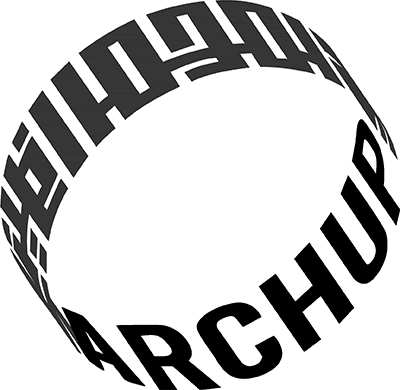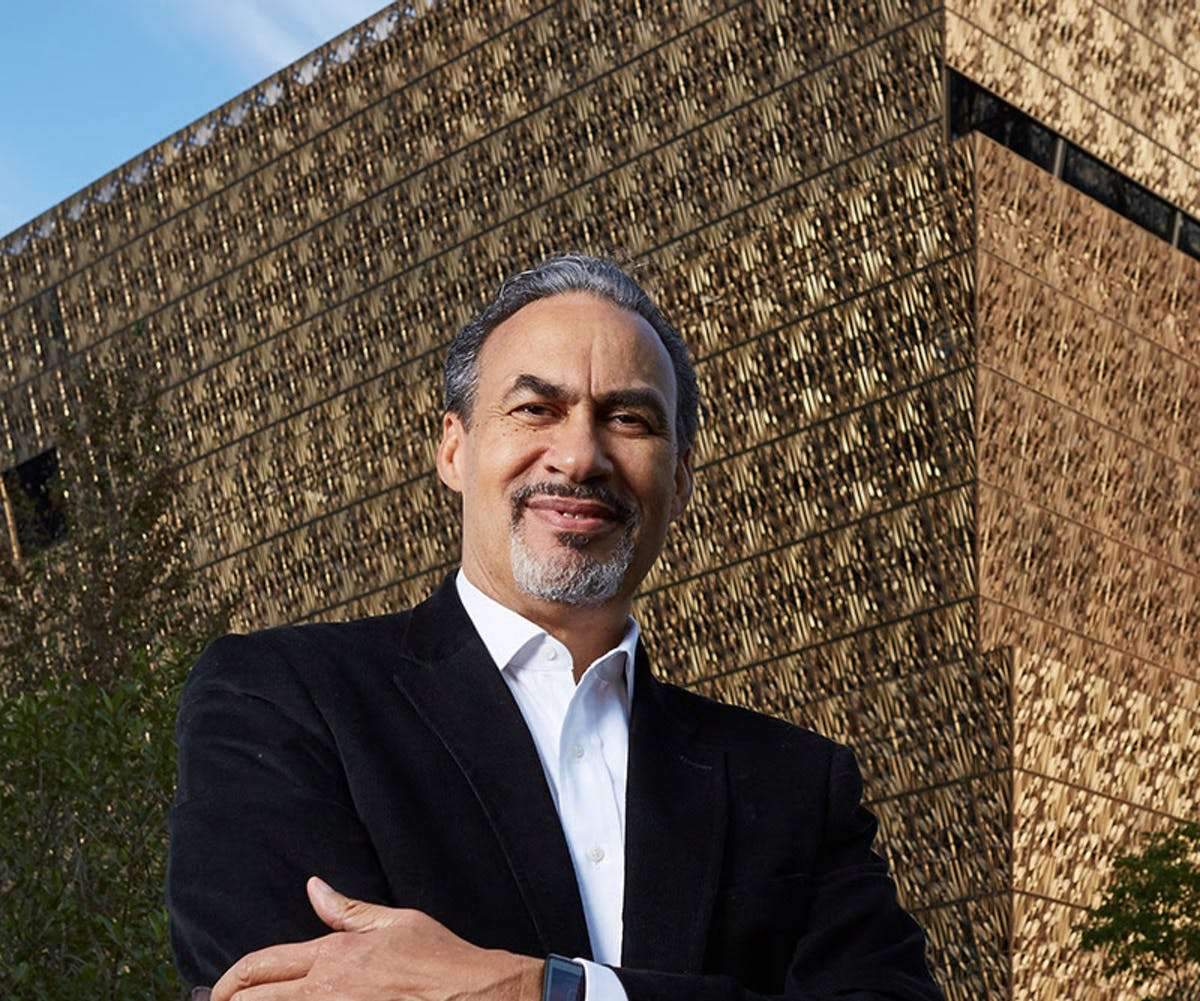Architecture Event: Container/Contained: Phil Freelon Design Strategies for Telling African American Stories
Container/Contained: Phil Freelon Design Strategies for Telling African American Stories critically examines Freelon’s work, which includes museums, libraries, cultural centers, and public parks, with a focus on his projects that foreground African American communities and identities. Freelon often noted that architecture should be more than a container—it should help tell the story of and be integral to the content of public institutions. To explore the relationship between the container and the contained in Freelon’s architecture, this exhibition analyzes connections between the forms, materials, and meanings of his projects and the histories and cultures they celebrate.
Freelon and his team drew on histories of neighborhoods, connections to African American communities, and African pasts to create designs rooted firmly in place and time. Activism and celebration of heritage are subtly present in Freelon’s work. He was a master of formal symbolism and design metaphors that are thoughtful and thought-provoking and reference culture and history. Freelon’s work, for example, examines the multiple functions and meanings of skin—as both a protective covering and a visual form of identification. In his designs for African American communities and institutions, he expanded the idea of skin with complex building envelopes that explore the use of color, pattern, and material.
This exhibition was researched, curated, and designed by a team of faculty and students led by Dr. Emily Makas from the School of Architecture at the University of North Carolina at Charlotte. This work was made possible by support from UNC Charlotte’s School of Architecture, College of Arts and Architecture, Chancellor’s Diversity Grant Program, and Office of Undergraduate Research, as well as from Perkins&Will.
In Raleigh additional support for this exhibition is made possible, in part, by the North Carolina Department of Natural and Cultural Resources; the North Carolina Museum of Art Foundation, Inc.; and the William R. Kenan Jr. Endowment for Educational Exhibitions. Research for this exhibition was made possible by Ann and Jim Goodnight/The Andrew W. Mellon Foundation Fund for Curatorial and Conservation Research and Travel.


 العربية
العربية